Optimal assessment of public company bankruptcy risk requires the balanced, holistic analysis provided by the FRISK® score.
Resources
Stay Ahead With In-Depth Analytics on Public And Private Companies
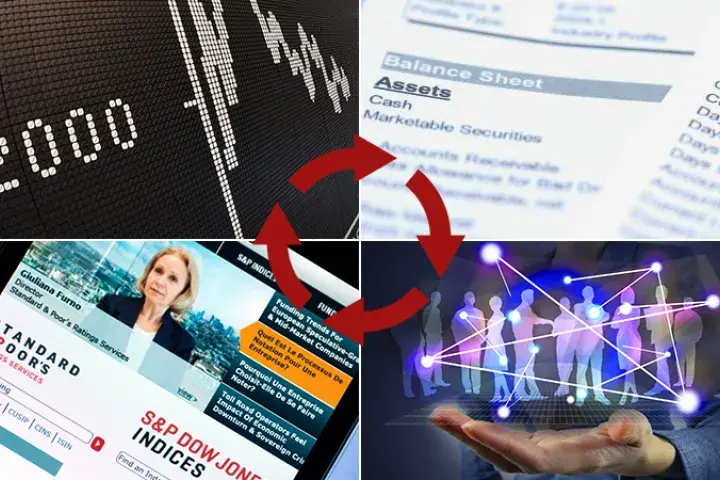

For Apple, providing capital support to its supply chain is an option, but for most companies bailing out critical suppliers is not financially feasible, let alone an option on the table. Is your supply chain secure?
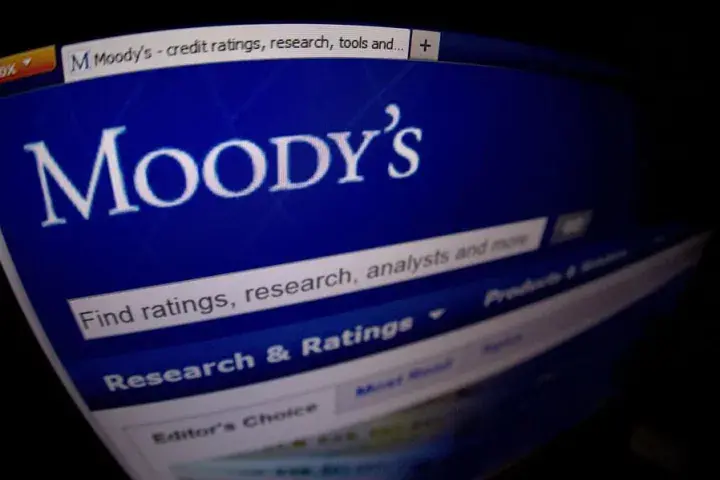
The FRISK® score is a game-changing tool that combines several key inputs to assess bankruptcy risk. Here’s how bond agency ratings play a role.
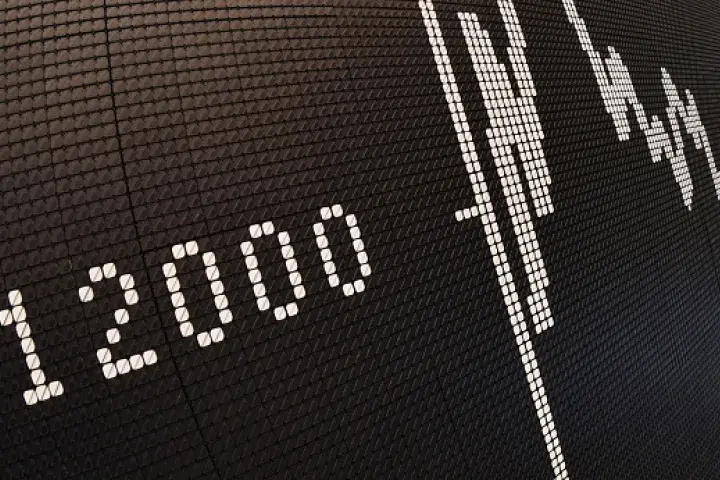
The FRISK® score is a game-changing tool that combines several key inputs to assess bankruptcy risk. The first of a five-part look at these inputs, here’s how the stock market plays a role.

The FRISK® score is a game-changing tool that combines several key inputs to assess bankruptcy risk. Here’s how credit manager crowdsourcing play a role.

In 2022, end users are leveraging CreditRiskMonitor’s API to improve workflow efficiency, and communicate reliable, reputable data across their entire teams. This scalable data provides automation for company evaluations to improve credit reviews, cash collections, and minimize receivable write-downs.
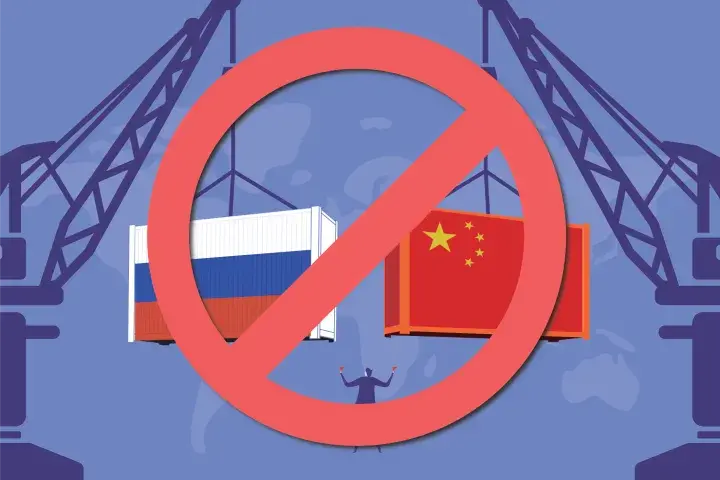
With escalating geopolitical tensions and heavy sanctions hitting Russia and China, corporations are sourcing alternative suppliers from other countries.
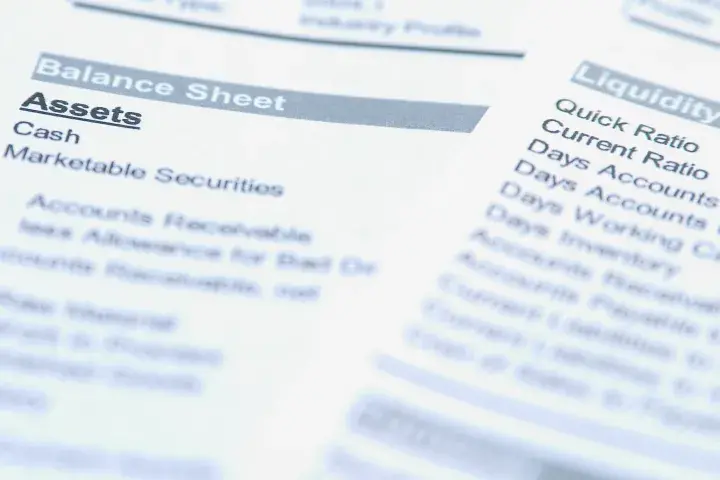
The FRISK® score is a game-changing tool that combines several key inputs to assess bankruptcy risk. Here’s how financial ratios play a role.

Supplier financial risk is the source of many recurring, prolonged, and unanticipated supply chain issues that can otherwise be prevented or mitigated - if you're willing to ask a few pertinent questions.